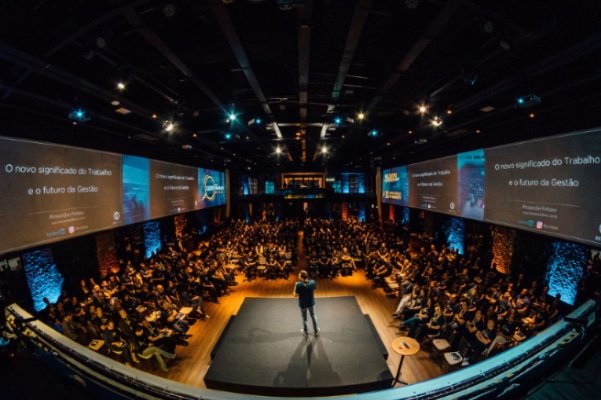Balancing aesthetics and functionality in stage design is crucial for creating effective and memorable performances. A well-designed stage needs to look impressive while also serving practical needs. This balance ensures that the stage enhances the performance without causing practical issues. In this blog post, we will explore how to achieve this balance and why it is essential for successful stage design.

Understanding the Importance of Aesthetics
Firstly, aesthetics play a key role in stage design. A visually appealing stage captures the audience’s attention and sets the tone for the performance. Well-chosen colors, textures, and shapes can create a strong visual impact and support the story being told. For instance, a vibrant, colorful set can enhance a musical’s joyful atmosphere, while a dark, minimalist design can create a dramatic mood for a serious play. By focusing on aesthetics, designers can create a visually engaging environment that enhances the overall experience.
Prioritizing Functionality for Performance Needs
On the other hand, functionality is equally important in stage design. A stage must be practical to support the performance and ensure smooth operations. This means designing elements that are durable, easy to use, and adaptable. For example, set pieces should be sturdy and able to withstand frequent use, while lighting and sound equipment need to be positioned for optimal performance. Additionally, the stage layout should allow performers to move freely and safely. By prioritizing functionality, designers ensure that the stage supports the performance effectively and efficiently.
Finding the Right Balance Between Aesthetics and Functionality
Finding the right balance between aesthetics and functionality involves careful planning and creative problem-solving. Designers must consider both visual appeal and practical needs throughout the design process. For example, when designing a backdrop, it should be visually striking but also made from materials that can be easily moved or adjusted. Similarly, while elaborate props can enhance the look of the stage, they should not obstruct performers’ movements or hinder sightlines. By integrating aesthetics and functionality, designers create a stage that is both beautiful and practical.
Utilizing Versatile Design Elements
One way to balance aesthetics and functionality is by using versatile design elements. These elements can serve multiple purposes and adapt to different needs. For example, modular set pieces can be rearranged to create different scenes, while multifunctional props can be used in various ways throughout the performance. Additionally, incorporating technology such as digital projections can add visual interest without taking up physical space. Versatile design elements help designers maintain a visually appealing stage while meeting practical requirements.
Ensuring Safe and Accessible Design
Furthermore, balancing aesthetics and functionality involves ensuring that the design is safe and accessible for everyone involved. Aesthetically pleasing elements should not compromise safety or accessibility. For example, stage steps and ramps should be designed to blend in with the set while also providing safe access for performers. Clear pathways and adequate lighting are essential for preventing accidents and ensuring that performers and crew can move easily and safely. By prioritizing safety and accessibility, designers create a stage that is not only beautiful but also practical and inclusive.
Adapting Designs for Different Performances
Finally, it is important to adapt designs for different performances while maintaining a balance between aesthetics and functionality. Each performance may have unique requirements, and the stage design should be flexible enough to accommodate these needs. For instance, a stage designed for a musical might require different features compared to a stage for a dramatic play. By being adaptable and considering the specific needs of each performance, designers can create stages that enhance both the visual and practical aspects of the production.
Conclusion
In conclusion, balancing aesthetics and functionality in stage design is essential for creating effective and memorable performances. While aesthetics enhance the visual appeal and set the tone, functionality ensures that the stage supports the performance and operates smoothly. By finding the right balance, utilizing versatile design elements, ensuring safety and accessibility, and adapting designs for different performances, designers can create stages that are both beautiful and practical. This balance is key to delivering a successful and engaging stage experience for both performers and audiences.




